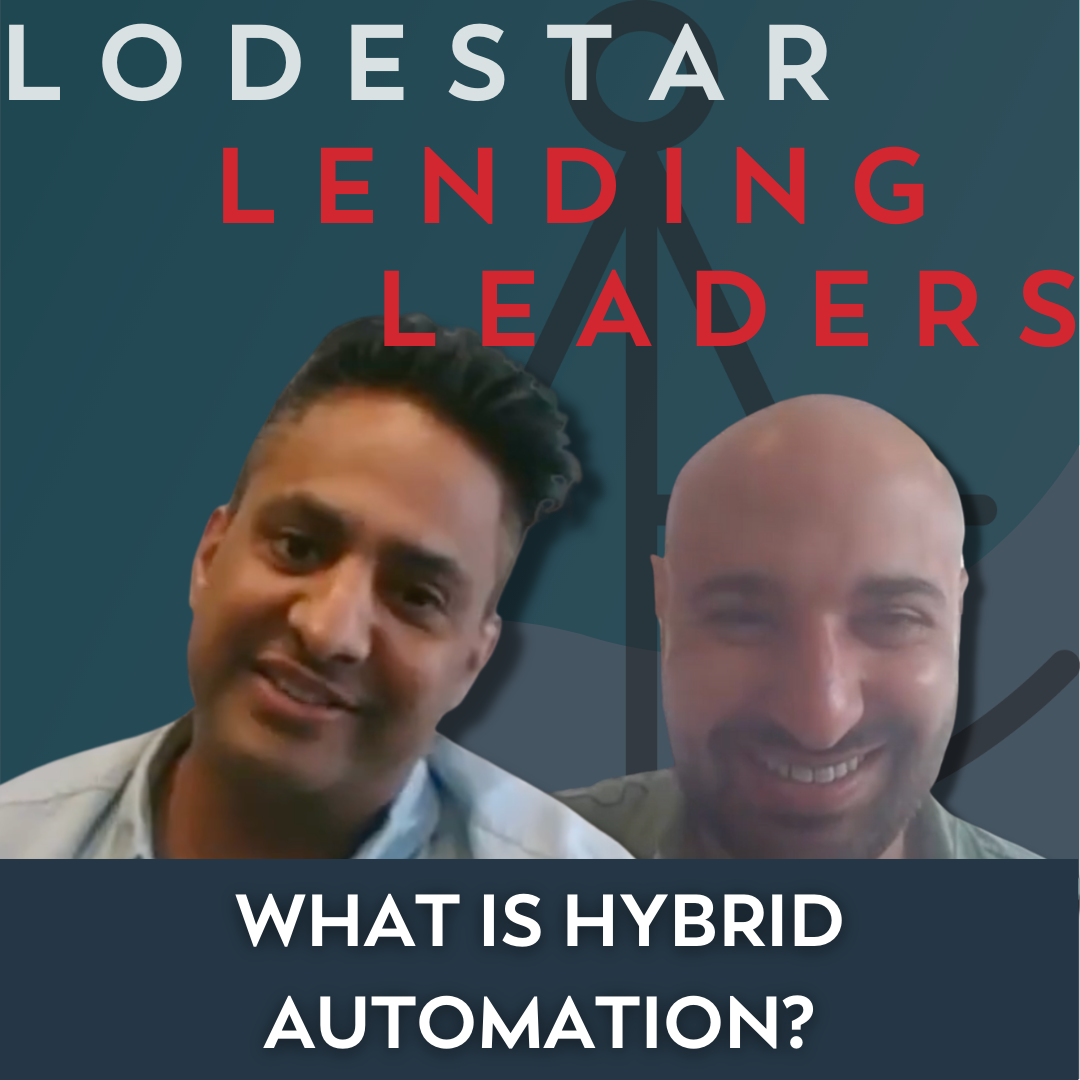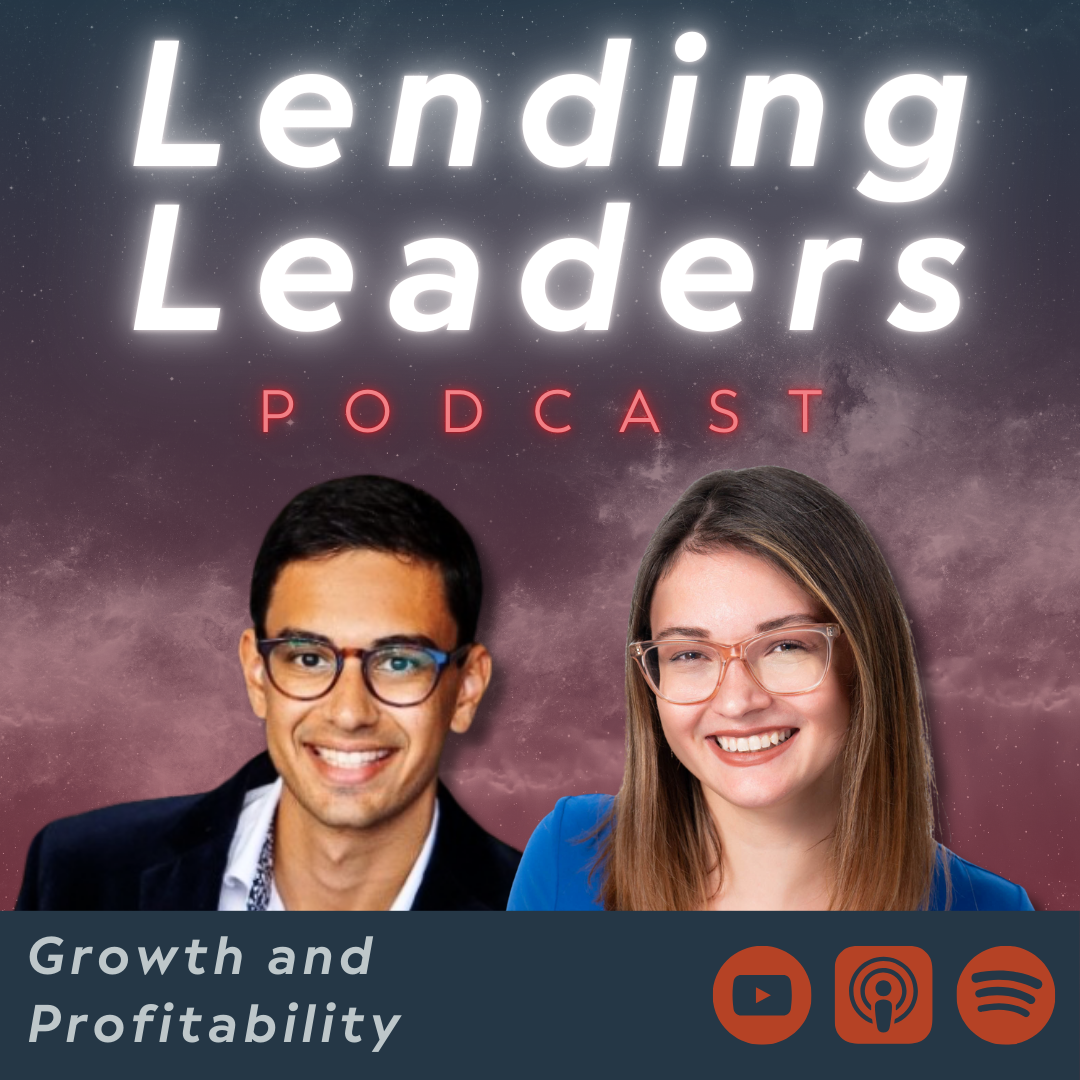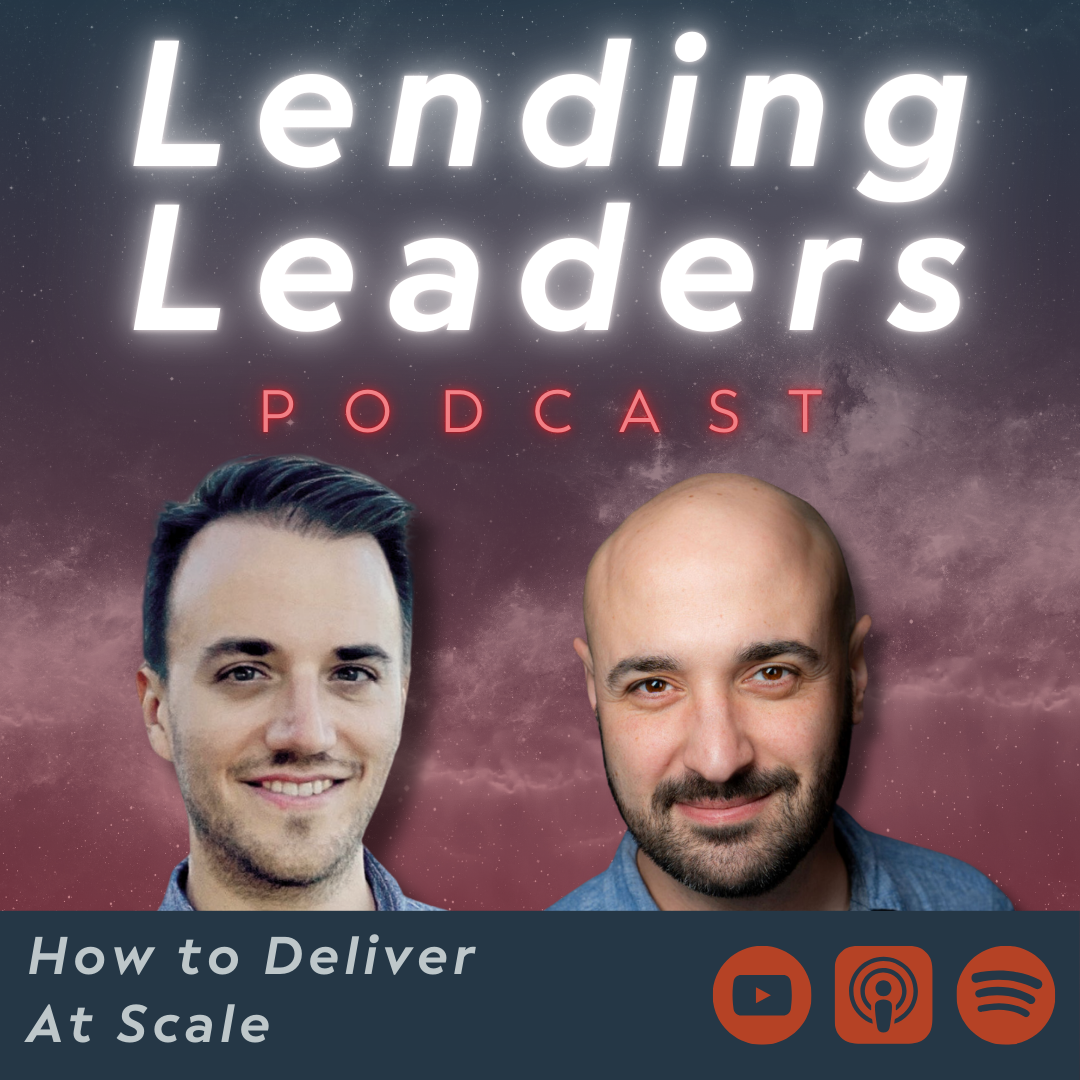

For this week’s episode of LLL, Jim sits down with Babar Chaudhary, Founder of Mortgage Automation, to talk about one of the mortgage industry’s most overused buzzwords: automation.
When Babar got his start in the mortgage industry in the early 2000s, everything was paper driven. This provided a perfect opportunity for a recent computer science grad to begin learning how the loan origination process might be improved by technology.
Ok, so what is Automation… really?
Automation is a buzzword. You hear it a lot. For Babar, the standard is: if you left the office and turned off the lights, everything should keep working as is. That’s the truest definition of automation. This means eliminating manual processes, especially repetitive wasteful ones. For example, the property address is *manually* entered something like 70 times during the mortgage process. That’s ridiculous.
Lots of acronyms: APIs, RPAs, and BPAs
The preferred method for automation is using APIs (Application Programming Interface)—which is an intermediary mechanism that allows two programs to “talk to each other—although this option isn’t always available. Jim jokes that most people can’t spell “API”…
To automate where the API option is unavailable, you have to simulate the kind of manual tasks a human is usually stuck doing. This is where Robot Process Automation (RPAs) comes in. Using software programming to automate manual tasks within an LOS saves time. Things like checking the property can be done by a computer.
In the course of automating processes, companies do well to evaluate or audit their workflow, which is a common byproduct of implementing RPAs or other forms of automation. When you go to automate a process, you often realize the process should be changed. This business-wide evaluation is called Business Process Automation (BPAs).
What shouldn’t be automated?
Given the limits of tech, some things can’t be automated. For example, when reading bank statements or pay stubs, a computer can’t currently differentiate between, say, an anomalous deposit and income. Only a person can do that (for now). So, for most businesses, the name of the game is NOT true automation, where you turn off the lights and everything just keeps running by itself. That’s not realistic or attainable. The solution is hybrid automation. You automate what you can to make the manual processes easier and less time-constrained.
What about AI?
There’s probably nothing more central to loan origination than documents. There are lots of them. They needed to be collected, filled out, uploaded, delivered, etc. They get lost. They have errors. One of the ways you can automate some of the documentation during the loan origination process is by implementing OCR (Optical Character Recognition) and Computer Vision, an AI-driven process. OCR is just when computers read the text in, say, a photograph of a driver’s license. It’s a building block of Computer Vision, which takes reading text to the next level. Computer Vision is when a text-reading computer interprets that data, makes decisions about what certain numbers or data points mean, and processes that documentation accordingly.
It requires lots of training—both for the AI and the humans—but it could be a game changer for the mortgage process, if implemented properly.
Thanks so much for tuning in to LodeStar Lending Leaders! To listen to this and other episodes, check out our YouTube channel. Please consider subscribing! It helps us out a lot. You can also find us on Spotify.

